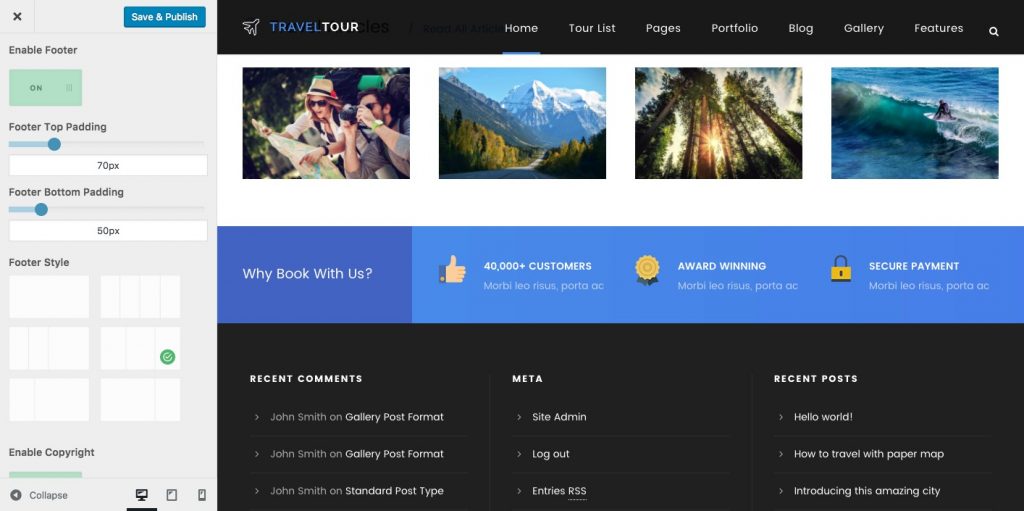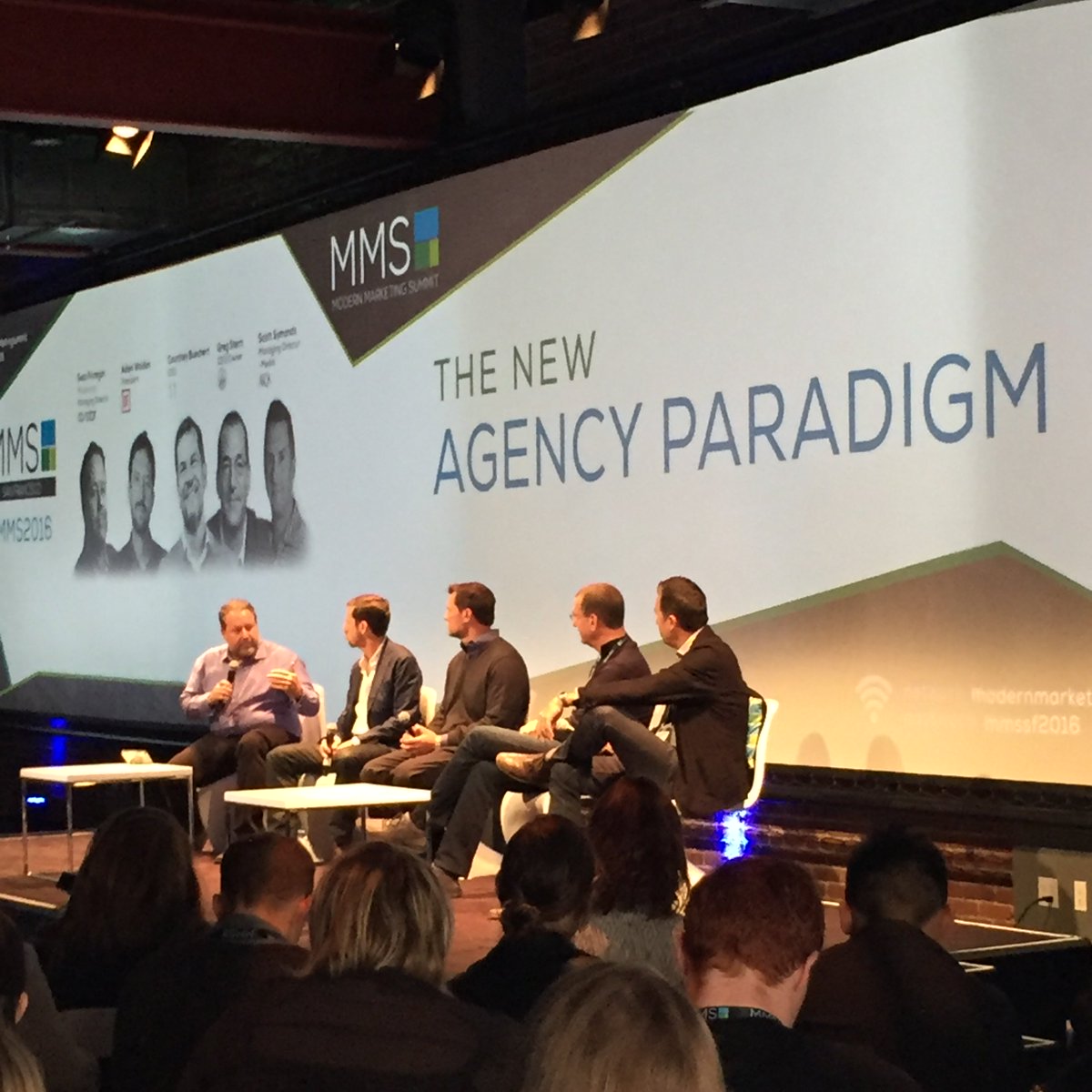

Learn more about how Facebook Reality Labs created DeepFocus. Along with the gallery layout, DeepFocus comes with a robust blog and CMS-style homepage as well, making it an amazing solution for artists/photographers looking to build an online presence. It is also compatible with all three types of accommodation-supporting headsets currently being explored in the VR research community: varifocal displays (such as Half Dome), multifocal displays (for example, this prior work by FRL), and light field displays. DeepFocus provides a foundation to overcome practical rendering and optimization limitations for future novel display systems.īecause DeepFocus relies only on standard RGB-D color and depth input, it can work with nearly all existing VR games and applications. The platform also demonstrates that AI can help solve the challenges of rendering highly compute-intensive visuals in VR. WHY IT MATTERS:Īs research into new VR headset technologies advances, DeepFocus will be able to simulate the accurate retinal blur needed to produce extremely lifelike visuals. The convolutional layers of the network then operate on the same, reduced spatial resolution, with significantly reduced runtime. If you continue to use this site we will assume that you are happy with it.OK. The network includes new volume-preserving interleaving layers to reduce the spatial dimensions of the input while fully preserving image details. We use cookies to ensure that we give you the best experience on our website.

We developed a novel end-to-end convolutional neural network that produces the image with accurate retinal blur as soon as the eye looks at different parts of a scene. Instead, we solved this problem using deep learning. Other great sites and apps similar to Deepfocus.io are, Brain.fm, Noisli and Generative.fm. The best alternative is myNoise, which is free.
#Deepfocus footer on homepage android#
But they can’t produce the effect in real time for sophisticated, rich content, because the processing demands are too high for even state-of-the-art chips. There are more than 10 alternatives to Deepfocus.io, not only websites but also apps for a variety of platforms, including iPhone, Android, SaaS and Android Tablet. Some traditional approaches, such as using an accumulation buffer, can achieve physically accurate defocused blur. We are now open-sourcing our work and data set to help others in the VR research community. DeepFocus is the first system able to produce this effect in real time for VR applications.

This defocused blur (also known as retinal blur) is important for achieving realism and depth perception in VR. For example, when someone wearing a DeepFocus-enabled headset looks at a nearby object, it immediately appears crisp and in focus, while background objects appear out of focus, just as they would in real life. Deepfocus.io allows you to listen to your favorite ambient sounds with music in timed productivity sessions. DeepFocus works with advanced prototype headsets, rendering blur in real time and at various focal distances. A new AI-powered framework for rendering natural, realistic focus effects in VR.


 0 kommentar(er)
0 kommentar(er)
